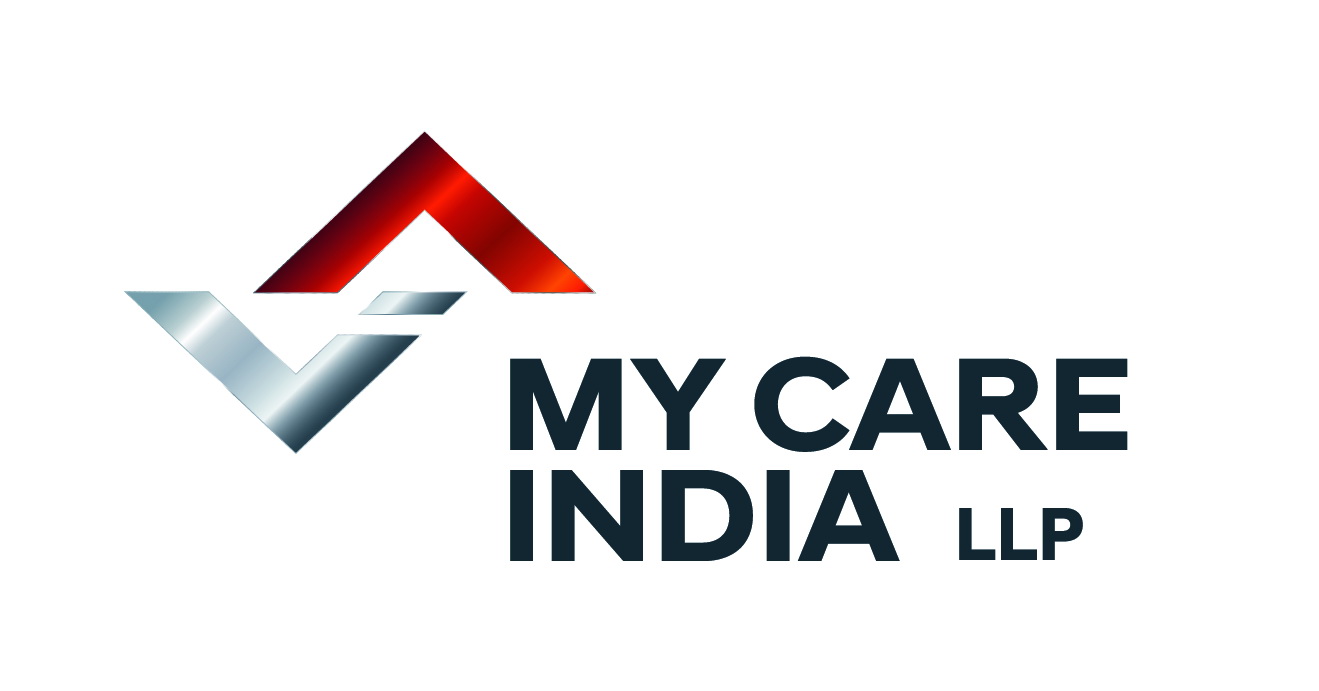
The inherited nature of sickle cell anemia means it persists in families. Sickle cell disease patients inherit two defective hemoglobin genes, from each of their parents.
When just one parent passes on the hemoglobin gene and another parent passes on the hemoglobin A gene, the individual consists of sickle cell trait. The sickle cell trait carriers are often in good health.

An individual with sickle cell trait carries the hemoglobin S gene. Thus, if they have children, they may hand it to them. A kid has a possibility of getting sickle cell disease if one of the parents also has sickle cell trait or an alternative defective hemoglobin gene, such as beta-thalassemia, hemoglobin C, hemoglobin D, or hemoglobin E. This is because each parent may have a defective hemoglobin gene that the kid might inherit.
At present, the only treatment available for certain sickle cell illness patients is a bone marrow and blood transplant. Your medical practitioner could provide medications or transfusions after a quick evaluation to treat problems like persistent discomfort.
What Are The factors of The Risk?
Most Americans with sickle cell disease are either of African descent or self-identify as Black.
- Babies of Black or African American descent have the sickle cell trait in around 1 in 13 cases
- Sickle cell disease affects 1 in every 365 Black or African American newborns
Sickle cell disease is also prevalent in those of Hispanic, Southern European, Middle Eastern, or Asian Indian ancestry.
The number of Americans who have sickle cell disease is around 100,000.
What Ought You Do If You're in Danger?
People might ask their provider to get their blood analyzed if they are unsure whether they have a defective hemoglobin gene.
Couples considering starting a family who are aware of their risk of passing on sickle cell disease to their unborn child may choose to consult a genetic counselor. A genetic counselor can answer inquiries about the risk and provide options.
What is a sickled cell?
To transport oxygen across the body, red blood cells with adequate hemoglobin are disc-like and flexible. This allows them to pass readily through both big and tiny blood arteries.
Normal hemoglobin is not the same as sickled hemoglobin. Red blood cells with a sickle shape are rigid and can adhere to channel walls, resulting in blockages that delay or halt blood flow. Additionally, the aberrant hemoglobin may lead to the formation of stiff strands inside the red blood cell. The condition gets its name from the sickled red blood cell, which is caused by these rigid strands altering the structure of the cell.
The remainder of the body cannot receive oxygen from the sickle-like cells. This may result in abrupt, intense pain assaults known as pain crises. These pain crises can strike without notice, and the only appropriate therapy for them is frequent hospitalization.

